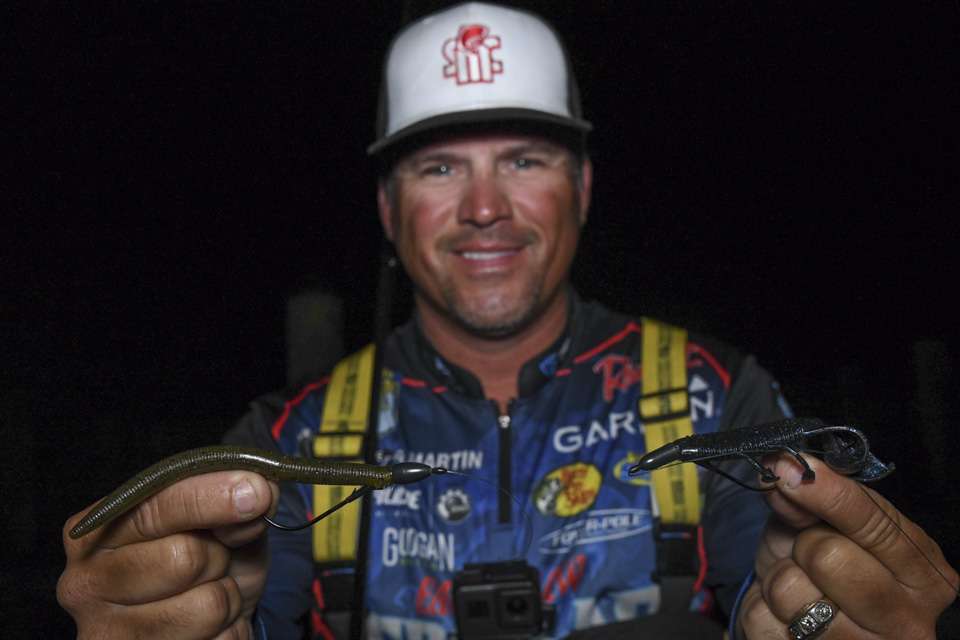
Considering all the elements of your fishing equipment, it’s impossible to overstate the importance of making sure your fishing line is ready to perform at the highest level. When I’m competing in a fishing tournament, I can’t afford to have any questions about my gear. Over the years, I’ve developed a simple system for knowing when I need to replace my line.
I spool my reels with P-Line, and I don’t have to change it every single time I go fishing. If I haven’t used a reel a lot in practice, I’ll sometimes opt to leave the line on, if it’s not one of what I’d consider my one of my A rods — one of my main game day patterns. This may be a B, C or D rod; something that I may only make a few casts with.
If the line’s in good shape, I’ll run off a bunch of it and then let it pass through my fingers as I wind it back onto the spool. That allows me to detect any nicks in the line — either by feel or by listening for the sound of damaged spots passing through the guides. If anything feels or sounds questionable, of course, I’ll change any damaged line.
One thing that I believe helps, whether I’m replacing the line or not, is adding Reel Snot conditioner. This keeps the line smooth and keeps it from getting a lot of memory.
For game day, I’ll usually have six A rods on my deck, and I’ll always change my line on these reels after practice. Then, after Day 1, I’ll evaluate how much I used each of those and change line for Day 2 as needed.
Another criteria I consider is capacity. Multiple breakouts and retying will lower the amount of line on your reel, and that has some drawbacks. Be aware that low spool capacity affects your casting distance, as well as your gear ratio. If you have an 8:1 gear ratio and you’re getting low on your spool, you’re going to have a slower reel speed.
The type of line I’m using has a lot to do with my respooling method. With fluorocarbon or monofilament, I usually don’t take it all the way to the bottom; I’ll leave a third of the line on and connect the replacement line with a double uni-knot, which maintains a low profile and doesn’t create a lump in my spool.
With braided line, I will remove all of the line because braid usually doesn’t go bad halfway down the line, it’s usually just the first 10 feet. Starting with new braid, when it’s time to switch, I’ll wind the line off the original reel and onto a spare reel.
That way the last third of the braid from the originating spool is now the top third on your new reel. That won’t work with monofilament or fluorocarbon because there’s usually too much memory in the lower end of the line, but with braid, this is a strategy that will save you money, while ensuring that you’re fishing with fresh line.





